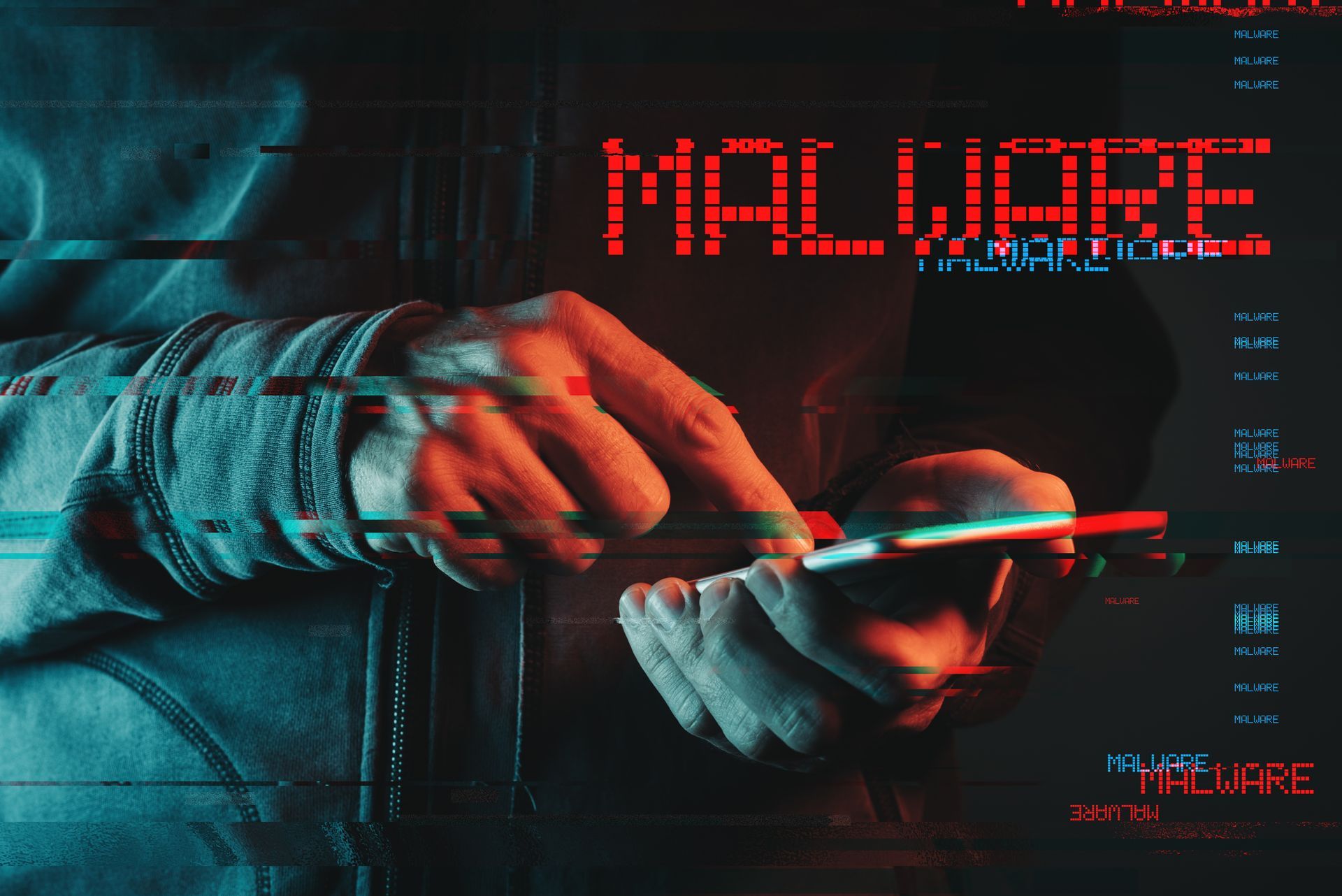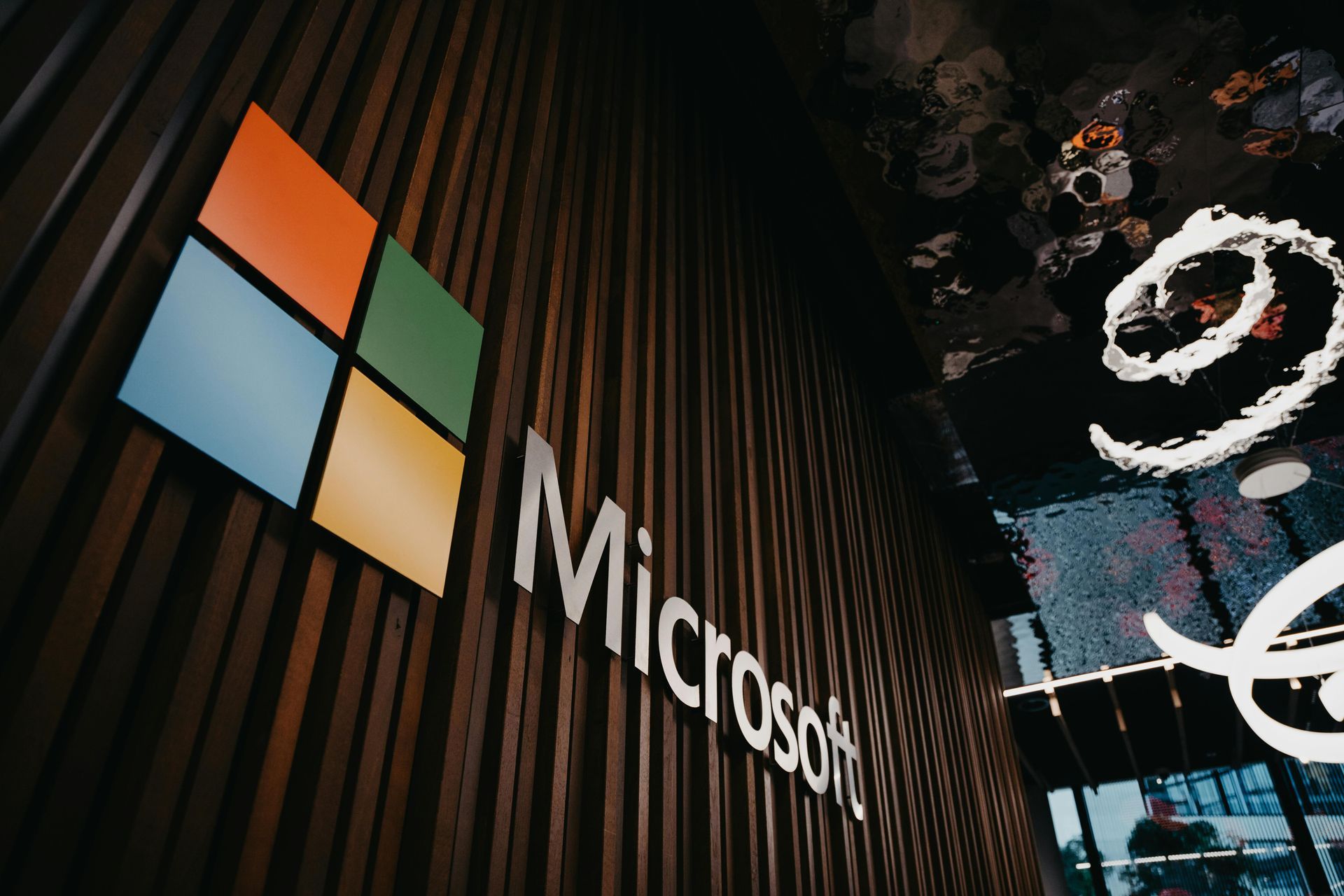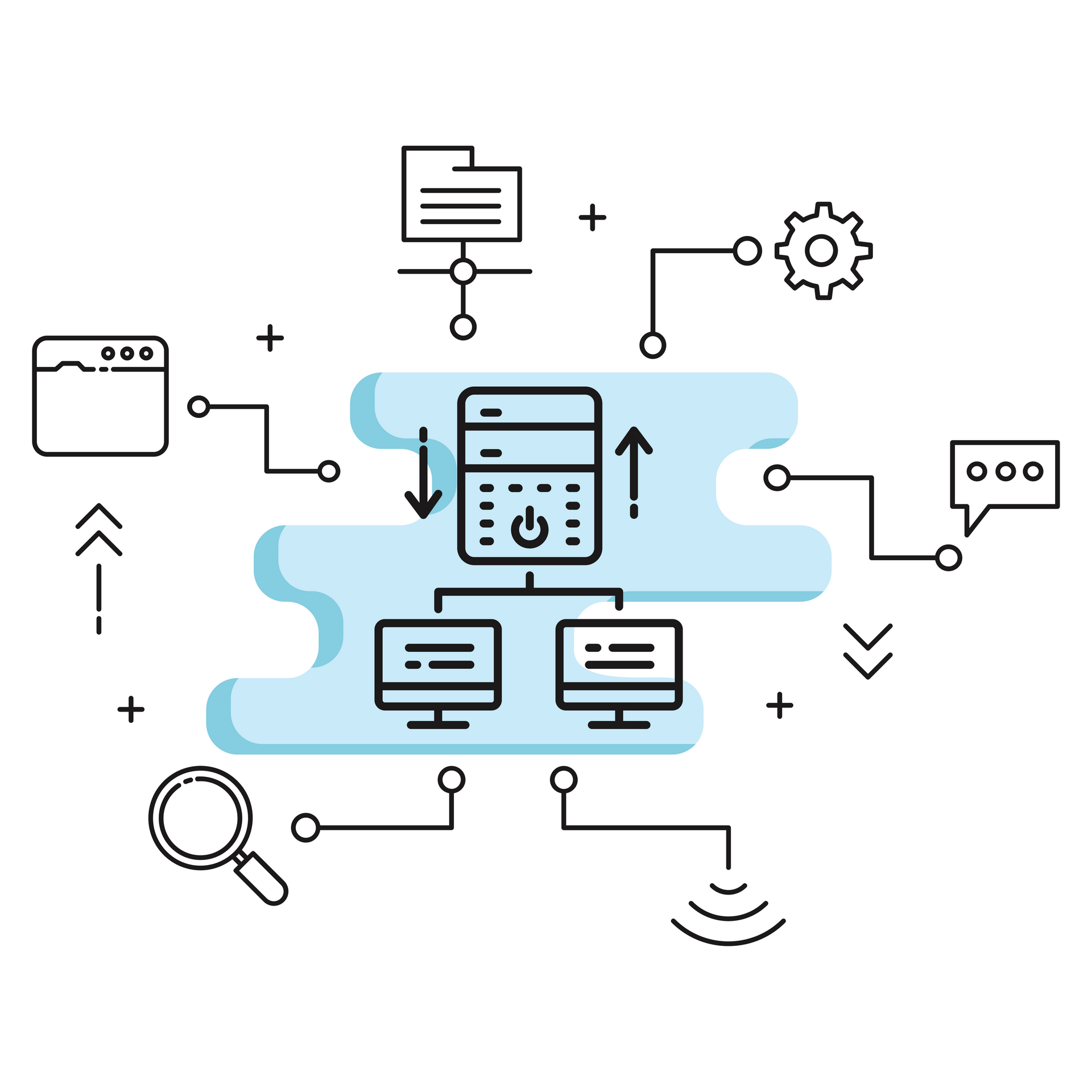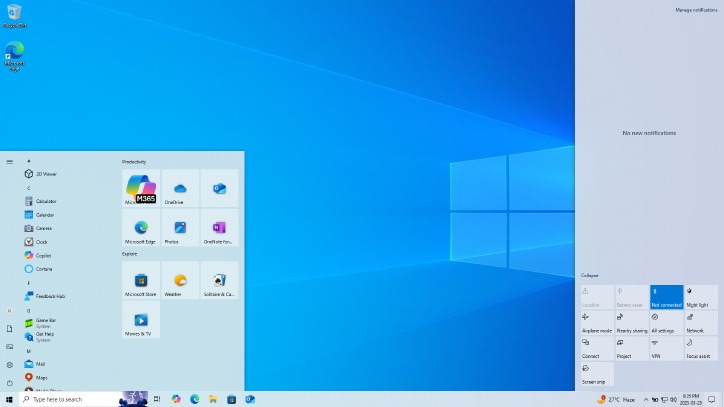AI-Powered Phishing: The 4.5x Threat Multiplier
Artificial intelligence has fundamentally changed the cybersecurity landscape, and the statistics are alarming. According to Microsoft's latest Digital Defense Report, AI-automated phishing emails are 4.5 times more effective than traditional phishing attempts—and potentially 50 times more profitable for cybercriminals.
This isn't just incremental improvement for attackers. It's a game-changer that demands immediate attention from every organisation.
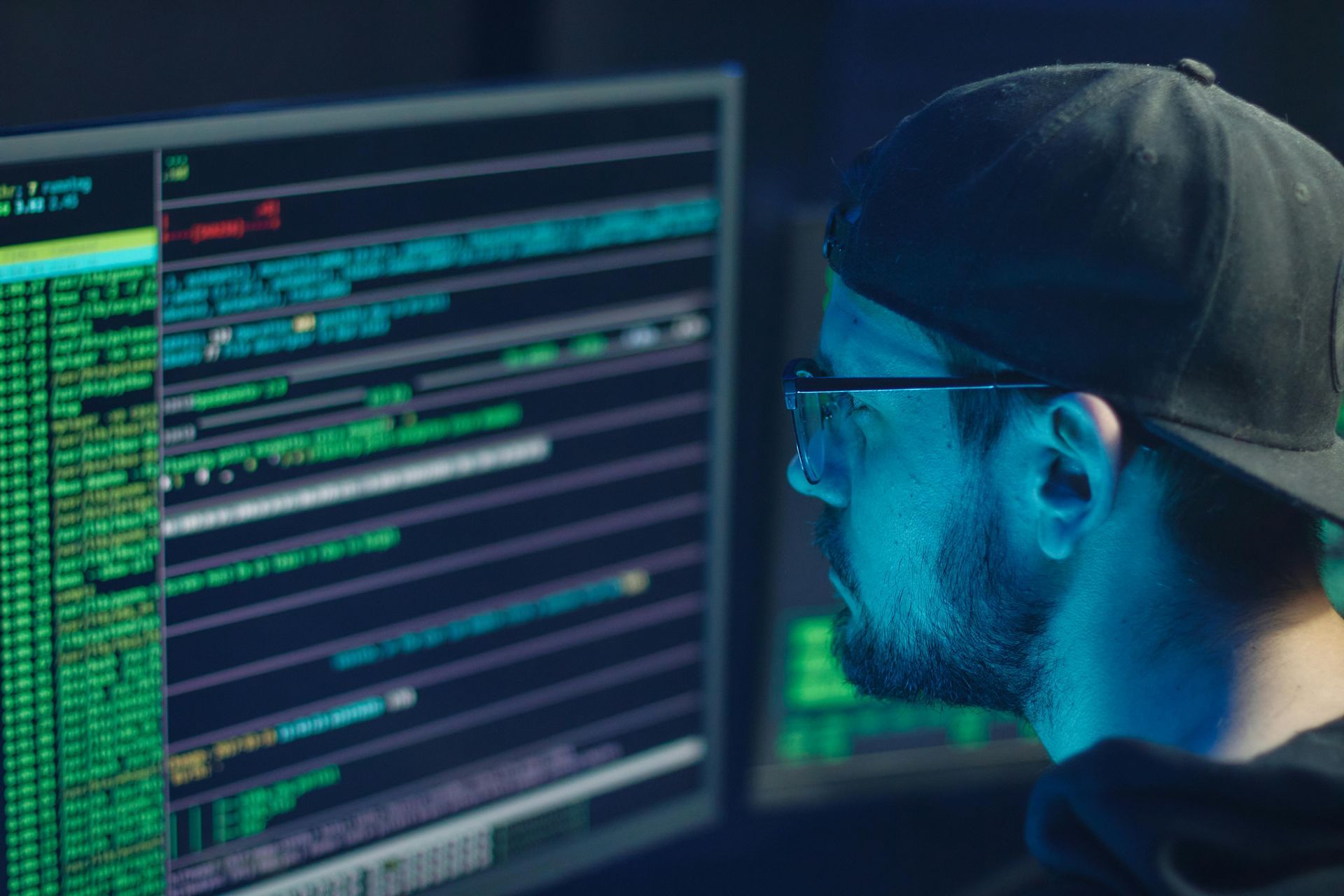
The Numbers Don't Lie
Microsoft's analysis of their fiscal year 2025 (July 2024 through June 2025) reveals a stark reality: AI-generated phishing emails achieved a
54% click-through rate compared to just 12% for traditional phishing attempts.
Let that sink in. More than half of recipients are now clicking on AI-crafted malicious links or attachments.
As Microsoft bluntly states in their report: "This massive return on investment will incentivise cyber threat actors who aren't yet using AI to add it to their toolbox in the future."
Why AI Makes Phishing So Much More Dangerous
The effectiveness of AI-powered phishing stems from several key advantages that criminals now exploit. Gone are the days when poor grammar and generic greetings gave away malicious emails. AI enables attackers to craft messages in the victim's native language with perfect grammar and cultural nuances, eliminating the telltale signs that previously helped people spot phishing attempts.
More concerning still is the hyper-targeted nature of these attacks. Machine learning algorithms can analyse publicly available information to create highly personalised lures that reference specific projects, colleagues, or organisational details. The result? Emails that appear genuinely legitimate because they're contextually appropriate and align with current events, industry trends, or organisational activities.
The scale and speed of these attacks represents another paradigm shift. What once required hours of manual research and composition can now be automated, allowing criminals to launch thousands of convincing, targeted campaigns simultaneously. The efficiency gains are staggering, and they're changing the economics of cybercrime in ways that should concern every security professional.
Beyond Phishing: AI's Expanding Criminal Toolkit
Whilst phishing represents the most visible threat, AI is transforming cybercrime across multiple vectors:
- Vulnerability exploitation at scale, with AI accelerating the identification and exploitation of security weaknesses
- Automated reconnaissance that enables more convincing impersonation attacks through sophisticated social engineering
- Malware development that creates more sophisticated and evasive malicious code
- Voice cloning that allows criminals to impersonate executives or colleagues with frightening accuracy
- Deepfake videos that add entirely new dimensions to visual deception
The attack surface has expanded dramatically, and traditional defences are struggling to keep pace.
Nation-States Join the AI Arms Race
It's not just financially motivated criminals embracing AI. Nation-state actors have dramatically increased their use of AI in cyber influence operations, and the trajectory is striking:
- July 2023: Zero documented samples of AI-generated content from government-backed groups
- July 2024: 50 samples
- January 2025: Approximately 125 samples
- July 2025: Approximately 225 samples
As Amy Hogan-Burney, Microsoft's Corporate VP of Customer Security and Trust, notes: "Nation-state actors have continued to incorporate AI into their cyber influence operations. This activity has picked up in the past six months as actors use the technology to make their efforts more advanced, scalable, and targeted."
The New Attack Landscape: ClickFix and Beyond
Whilst AI-enhanced phishing dominates headlines, criminals are diversifying their tactics in equally concerning ways. A particularly troubling trend is the rise of ClickFix attacks—social engineering techniques that trick users into executing malicious commands on their own machines under the guise of legitimate fixes.
The prevalence of ClickFix is remarkable. It became the most common initial access method observed by Microsoft Defender Experts, accounting for 47% of attacks and surpassing even traditional phishing at 35%. This represents what Microsoft describes as a "sharp change in how threat actors achieve initial access."
The pattern is clear: criminals are no longer simply breaking in—they're logging in through sophisticated multi-stage attack chains that combine technical exploits, social engineering, infrastructure abuse, and evasion through legitimate platforms. The boundaries between different attack types are blurring, creating more complex threats that are harder to detect and defend against.
The Email Bombing Evolution
Email bombing offers a fascinating example of how attack techniques are evolving. Previously used merely as a smokescreen to hide critical security alerts, it has now evolved into a first-stage attack vector in broader malware delivery chains.
The modern attack pattern is disturbingly effective:
- Flood the inbox with thousands of subscription emails to hide legitimate security notifications
- Follow up with impersonation through voice phishing or Microsoft Teams, posing as IT support offering to "help" with the email problem
- Establish trust and guide the victim into installing remote access tools
- Gain control whilst deploying malware and maintaining persistent access
It's a masterclass in social engineering, exploiting both technology and human psychology to devastating effect.
Understanding the Threat Landscape
Microsoft's data reveals that financial motivation remains the primary driver of cyberattacks, accounting for 52% of attacks with known motives. Only 4% of attacks were purely espionage-driven, typically associated with nation-state groups.
When Microsoft's incident responders could determine attackers' objectives, the breakdown revealed:
- 37% involved data theft
- 33% involved extortion
- 19% used destructive attacks or human-operated ransomware
- 7% focused on infrastructure building for future attacks
These aren't abstract statistics—they represent real organisations facing real consequences from these sophisticated threats.
What This Means for Your Organisation
The era of easily spotted phishing emails with poor grammar and generic greetings is definitively over. Today's threats are indistinguishable from legitimate communications, highly personalised and contextually relevant, delivered at unprecedented scale, and constantly evolving to bypass defences.
Traditional security awareness training that teaches people to "look for spelling mistakes" or "check for generic greetings" is no longer sufficient. The uncomfortable truth is that even vigilant, well-trained employees will occasionally fall victim to sophisticated AI-crafted attacks. The technology has simply become too good at mimicking legitimate communication.
This doesn't mean security awareness training is worthless—far from it. But it does mean organisations need a comprehensive, multi-layered approach that assumes breaches will occur and focuses equally on detection and response as on prevention.
Building Resilience Against AI-Powered Threats
Protecting your organisation requires a fundamental rethinking of cybersecurity strategy. This means addressing three critical areas simultaneously: technology, processes, and people.
Technical Foundations
Modern defences must leverage AI to combat AI. This includes advanced email filtering with AI-powered threat detection that can identify subtle anomalies in communication patterns, multi-factor authentication across all systems to prevent credential-based attacks, and endpoint detection and response solutions that monitor for suspicious behaviour. Conditional access policies based on risk signals add another crucial layer, whilst continuous monitoring for unusual login patterns and access attempts helps catch attacks that slip through initial defences.
Process Improvements
Technology alone won't solve this problem. Establishing out-of-band verification procedures for sensitive requests—such as requiring a phone call to confirm financial transfers—can prevent many attacks. Clear protocols for IT support interactions help employees identify when something doesn't feel right. Implementing the principle of least privilege across your environment limits the damage if credentials are compromised. Regular development and testing of incident response procedures ensures your team knows exactly what to do when—not if—an attack occurs.
The Human Element
The human element remains critical, though the focus must shift. Modern security awareness training needs to address AI-powered threats explicitly, helping employees understand that convincing doesn't mean legitimate. Realistic phishing simulations that reflect current attack sophistication test and improve detection capabilities. Fostering a security-conscious culture where reporting suspected attacks is encouraged and never punished creates the psychological safety needed for effective defence. Above all, employees must understand that even the most convincing communications should be verified through independent channels.
The Bottom Line
AI has fundamentally altered the threat landscape, making attacks more convincing, more targeted, and exponentially more effective. With 54% click-through rates on AI-generated phishing emails, organisations can no longer rely solely on user vigilance.
The question isn't whether your organisation will be targeted—it's whether you'll be prepared when it happens. As criminals continue to refine their AI-powered tactics and the technology becomes more accessible, the threat will only intensify. The sophistication gap between attackers and defenders is widening, and organisations that fail to modernise their security posture will find themselves increasingly vulnerable.
The time to strengthen your defences is now. Every day of delay is another day of exposure, another opportunity for attackers to exploit vulnerabilities that you haven't yet addressed. In the AI-powered threat landscape, complacency is the most dangerous vulnerability of all.
Protect Your Organisation from AI-Powered Threats
At Altiatech, we understand that the evolving threat landscape demands more than off-the-shelf security solutions. We work with organisations to build comprehensive cybersecurity strategies that address modern threats, including AI-enhanced attacks that bypass traditional defences.
Our approach combines technical expertise with practical understanding of how businesses actually operate. Whether you need security assessments to identify vulnerabilities, advanced threat detection and response solutions, or security awareness programmes tailored to current threats, we're here to help. For organisations requiring comprehensive protection, we offer 24/7 monitoring and managed security services that provide constant vigilance.
Don't wait until you become another statistic in next year's threat report. Contact our cybersecurity specialists today to ensure your organisation is protected against the evolving threat landscape.
Get in touch:
📧 Email:
innovate@altiatech.com
📞 Phone (UK): +44 (0)330 332 5482
Secure your future. Protect your organisation.



